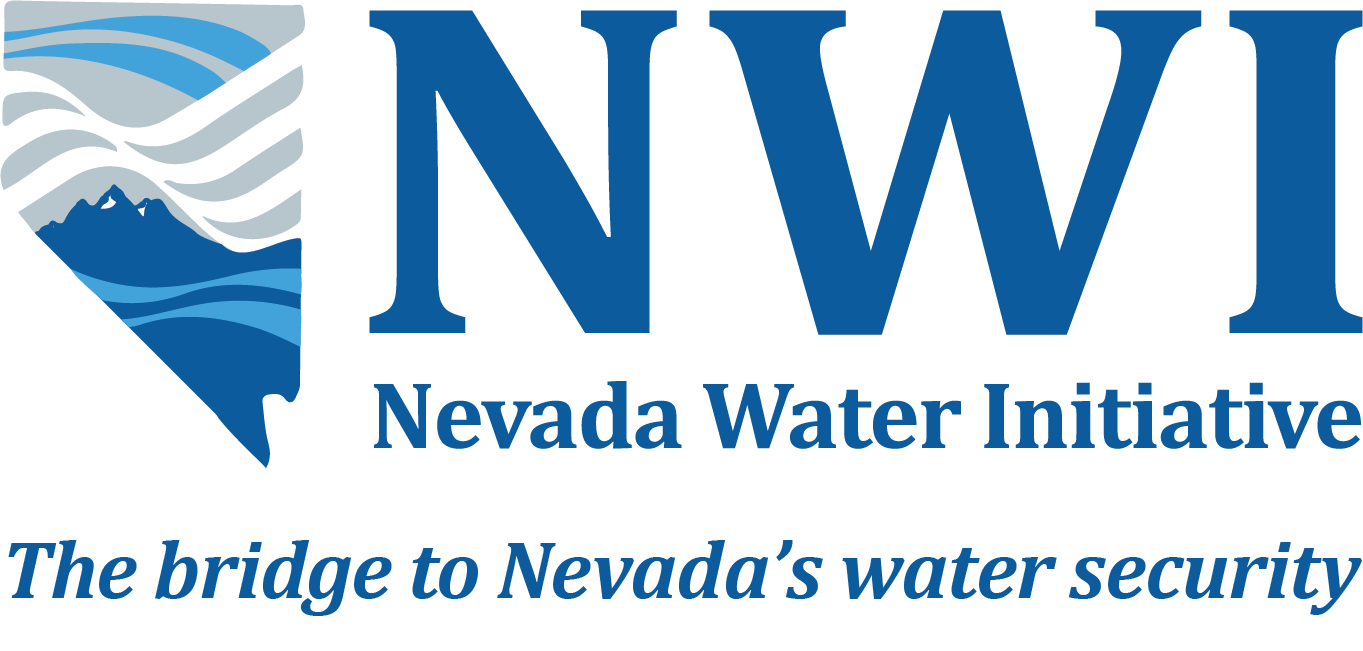The groundwater discharge component of the NWI consists of two main projects: statewide estimation of natural groundwater discharge through evapotranspiration (ET) and the development and enhancement of methodologies for estimating historical water usage.
Statewide Estimation of Natural Groundwater Discharge through Evapotranspiration
Water usage from groundwater discharge areas will be estimated using a combination of satellite and aerial imagery, gridded climate data, and extensive fieldwork to precisely define and refine discharge boundaries across the entire state. Pre-development groundwater discharge rates will be estimated by processing the historical Landsat archive, excluding agricultural zones, and estimating groundwater ET under natural vegetation conditions, considering the absence of agricultural activities and potential capture of groundwater ET. Previous estimates of discharge rates, areas, and volumes from published reports will be compiled and compared with updated estimations. Groundwater ET estimates will be refined for low vegetation cover conditions and compared with in-situ monitoring data for model validation and refinement. A geodatabase will be developed and designed for public access. The results of this study, along with the associated geodatabase, will be documented and published in a Water Resources Bulletin report.
Estimation of Historical Water Use
Methods for estimating historic groundwater water use will be developed from state of Nevada and USGS records based on pumping well locations, permitted points of use and duty, crop inventory reports, metered records, and records of supplemental relationships. Historical non-agricultural pumping estimates will be made for the Pine and Railroad Valley demonstration basins as well as other select hydrographic basins with a history of diverse manners of groundwater use.
Statewide agricultural water use will be estimated based on satellite imagery, gridded weather data, in-situ weather station data, and ET algorithms based on best available science. Estimates will include potential crop ET that occurs on well-watered stress-free conditions using ET Demands, actual crop ET based on satellite imagery using OpenET, and consumptive use from 1985-2022. All agricultural fields will be attributed in a GIS database with crop type, soil type, irrigation system type, water source type (surface, groundwater, both), and associated meter data where meter data exists.
This information will be aggregated along with new estimates of agricultural pumping to generate a database of historic pumping in a publicly available geodatabase. Water use statistics will be summarized by manner of use for each hydrographic basin completed. The geodatabase and report documenting the methods and results will be published in a Water Resources Bulletin report.
 |
